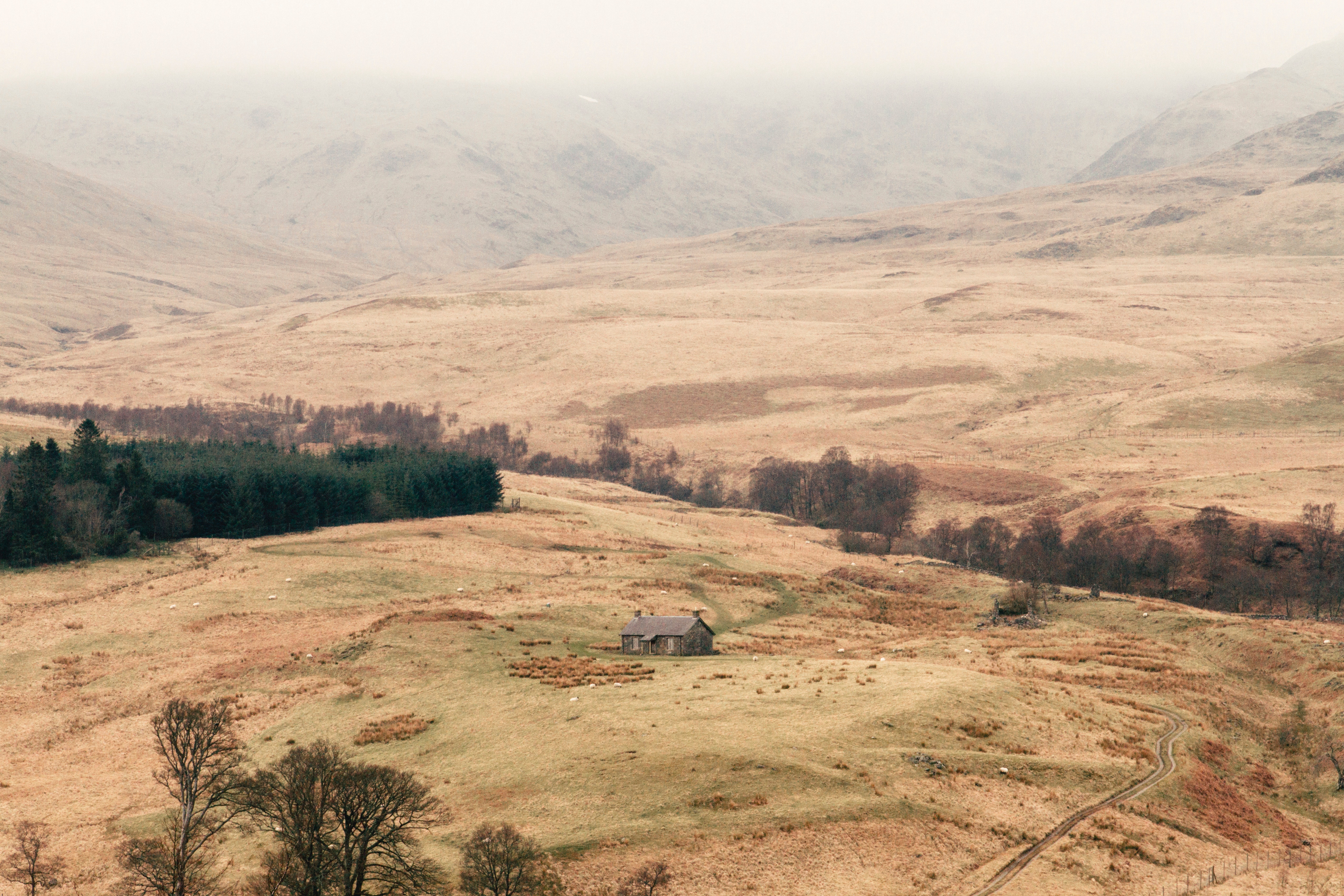Settling New Lands
Posted by Marcus Yoder on 7th Mar 2018

Here in America, the Amish and Mennonites settled on lands they could finally own themselves. Here they could raise their families and their crops and finally find some peace from the oppression that they and their ancestors had suffered under. Here they could finally find the peace that they had so desperately sought to worship in ways that they felt God had called them to.
The first Mennonites settled in Germantown, a suburb of Philadelphia, Pennsylvania in the late 1600s.From here they spread westward into Franconia and a bit later into Lancaster County. The first Amish to emigrate settled near Lancaster Pennsylvania, a community which thrives to this day. A smaller group that came later settled north of Lancaster in Berks County along the Northkill Creek.Here Masts, Yoders, Millers, and Hochstetlers settled onto lands that reminded them of the Swiss and South German lands that their ancestors and families had lived on for generations.
One thing that most of the early American settlers feared more than any other thing was Indians. It is often thought and perceived that the early settlers like the Amish, settled on "empty land" that was available for them to sink deep roots into.The lands that the Amish and Mennonites settled was not without history. The lands in Berks and Lancaster Counties, and later in Somerset County Pennsylvania, and Holmes County, Ohio were the ancient hunting and farming grounds of the Indians. As European settlers pushed them back, it created a tension that often flared into war and raids on both parts.
Very little has been written about how the Amish viewed the conquest and removal of the Indians. What is evident is that they waited until the frontier was “open” to move. They were concerned not to settle on land that others owned, yet had no compunctions to buy land that had been taken in conquest. This may be a result of their European experience in which they lost their lands and were under constant threat, or it may simply have been a result of their desire not to use militant means to gain control, based on their no-resistance. This does not mean, however, that there was not interaction between the two groups.
In fact, much of the interactions were peaceful as these the small groups of Indians who remained or passed through where the Amish were settling farms and homes. Trading for food and commodities was done. And while they would have viewed each other with wariness there was little bloodshed unless there was instigation from the political powers that were at war in the New World.
Three major European powers laid claim to the lands that became known as America. The Spanish had been the earliest and had laid claim to much of the Southern, and southwestern parts of North America. They had little power or claim to the lands where the Amish and Mennonites settled. The French had been in America early but had seen the continent more as fertile grounds to supply raw material for Europe. The English had emphasized settlement and laid physical claim to much of the lands, including the thirteen colonies that would form the first United States.
Wars in Europe would often "spill" over into America as these European "superpowers" fought for dominance in the world scenes. Indians tribes often became involved because they offered warriors and fighters. There was often a concerted effort by one or the other of the political powers to draw the Indians in on their sides. Some tribes allied with the French in one war, and with the English in another.
So what does this have to do with our Amish and Mennonite ancestors? In fact, a war for dominance of European power would have a great influence on the Amish families in Berks County Pennsylvania. This war, which lasted seven years from 1754 to 1763 is often known as the Seven Year's War, or the French and Indian War, deeply affected many of the early Amish settlers who had only lived in America for about 25 years. They barely had time to carve farms out of the land before they were once again facing the fears of conflict and death. Next week we will explore how that war came home to several Amish families that have affected many families today. In fact, the stories that I heard as a young boy were often focused around an event in 1757 that we will cover in more depth.
